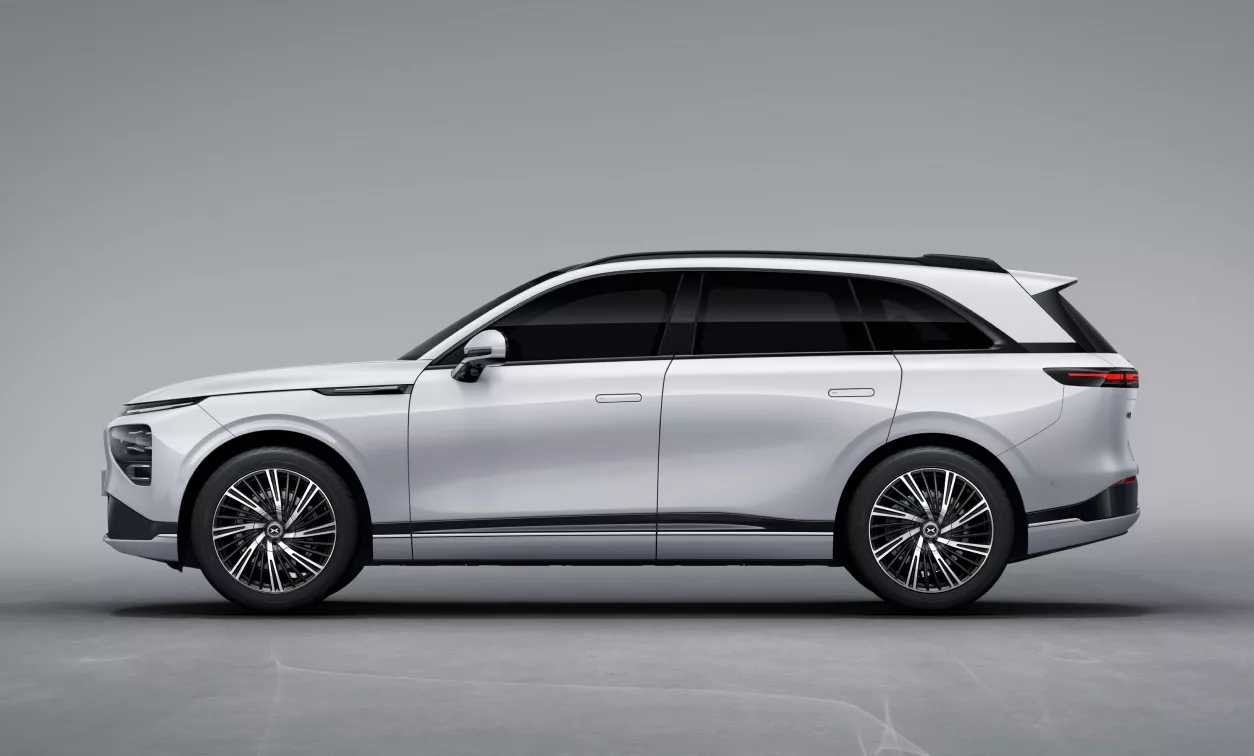The European and US landscapes are bracing for an inundation of affordable electric vehicles (EVs) emanating from China, inciting a wave of concern among government officials. The current US barrier to entry, a hefty 27.5% tariff on Chinese EVs, has kept these electric entries largely at bay. However, Senator Josh Hawley, hailing from the “Make America Great Again” movement, has proposed a further hike—a towering 100% tariff—to shield domestic auto industry laborers from China’s looming threat.
In contrast, Europe’s defenses are more permeable, lacking the formidable tariff bulwarks seen in the US. Chinese auto manufacturers have taken note, eyeing the European market as an opportune landing ground for their ample shipments of EVs. Among them, BYD has launched its premier sea carrier, with a vision for a robust fleet poised to transport these vehicles.
Ports Overwhelmed with Parked Chinese EVs
Jalopnik and Quartz have spotlighted a report by the Financial Times indicating an excess of Chinese EVs docking in Europe—far surpassing immediate sales demands. The result? Myriad electric cars idling at port facilities, triggering logistical headaches for port operators, who wryly note that their docks are transforming into extended parking lots.
Port authorities point a critical finger at Chinese auto producers, accusing them of overestimating their cars’ rapid distribution to dealership. Notably, the Port of Antwerp-Bruges—Europe’s zenith for vehicle imports—is inundated with stationary cars awaiting their next move. Some EVs even languish for as long as a year and a half before securing a buyer or being rerouted, elucidated by port executives and field supply chain experts.
The challenges stem not only from an aggressive “guerrilla warlike” export strategy but also from the tangible hurdles in arranging transport within Europe. Cui Dongshu of the China Passenger Car Association acknowledges these roadblocks, hinting at a scenario where production fervor outpaces sales, transferring the conundrum to European shores reminiscent of the frenzied overflow in Disney’s Fantasia.
The Overproduction Dilemma
As players like BYD and XPeng ramp up exports to keep their manufacturing machines humming, they pin their hopes on the European appetite for cost-effective Chinese EVs. Exports to Europe have surged by a staggering 58% over the previous year, propelling a significant number of vehicles to major European nautical gateways. Despite bullish claims of innovation and flawless supply chains by China’s Commerce Minister at a Parisian industry gathering, the congested reality at European ports tells another story. New entrants like BYD grapple with establishing European teams and navigating the logistic maze of a foreign market.
Constrained Logistics: A Trucking Challenge
A discernible shortfall of trucks and drivers to shuttle these EVs from European ports to inland dealers adds another layer of complexity. Trucking firms, tempered by longstanding partnerships and priorities, seem reticent to allocate resources to newcomers like Chinese EVs, possibly reflecting underlying protectionist biases. Moreover, industry insiders mention that truck availability is a widespread issue, reserved mostly for the transportation of established brands such as Tesla. Trucker loyalty, it seems, comes at a premium for fresh faces in the market.
Compounding this are policy shifts, such as Germany’s cessation of EV subsidies at the end of 2023, which dampens electric car sales and, concurrently, swells the pool of unsold Chinese EVs in ports. Observers cite “chaos” as scores of cars remain parked at ports indefinitely, waiting for sales to distributors or direct consumers—portraying a scenario that mirrors past oversupply fiascos in other industries.
Reflections on Market Entry Strategies
What can be gleaned from this scenario is the critical role of strategic planning. Traditional automotive market entries rely on establishing a robust dealer network where customers can acquaint themselves with new cars and count on maintenance and warranty services. Although some have chosen the online sales route pioneered by Tesla, the necessity for service and delivery locations remains. In contrast, Chinese manufacturers seem to be churning out an uncalculated number of EVs without full consideration for actual market demand. This echoes a bygone era where excessive production—exemplified by China’s bikesharing oversupply—led to irrational waste. It remains to be seen if such an approach in the car market could bear fruit or, instead, reveal a lack of foresight in business strategy. “We’ll see,” as the adage of the Zen master goes, echoes the suspense of what’s to come.
